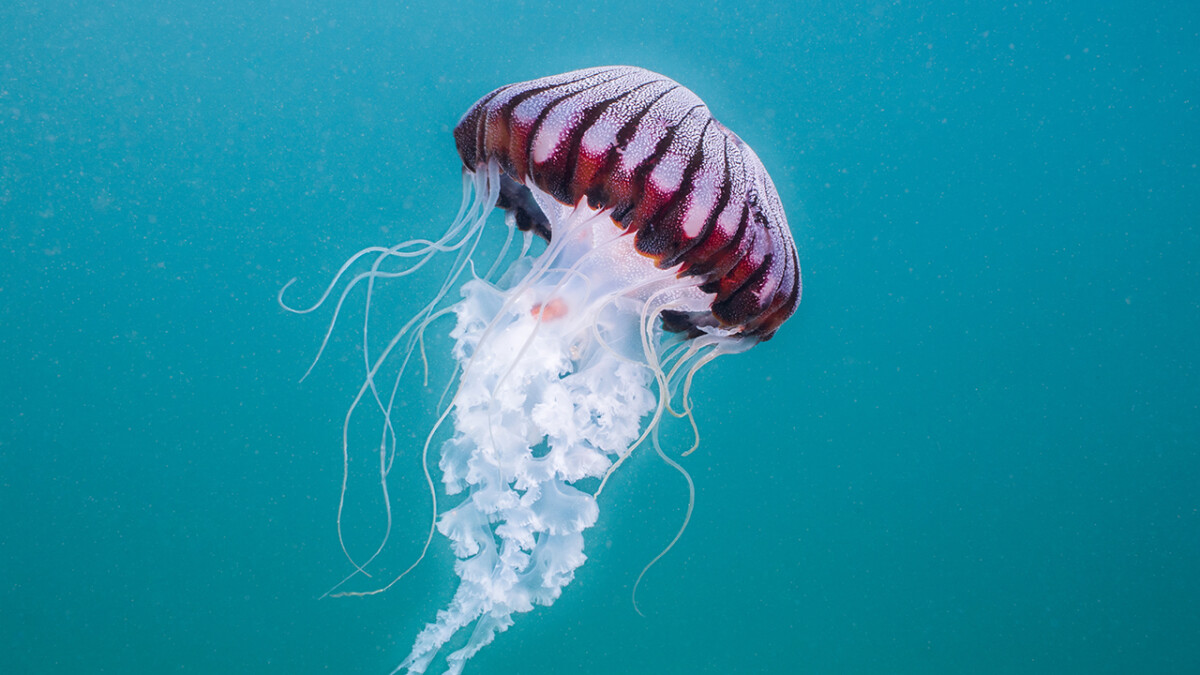Are you taking a family vacation to the beach this year? Make sure you watch out for jellyfish! At Burn and Reconstructive Centers of America (BRCA), we often see patients who have suffered injuries while at the beach, including shark bites, stepping on sea urchins and even jellyfish stings.
Among some of the oldest animals on the planet, jellyfish can be found in every ocean around the world and can cause quite a bit of harm. The most dangerous animal on the planet is a species of jellyfish that lives in the waters around Australia and Southeast Asia. But even while there are dangerous jellyfish in the oceans, there are many things you can do to help prevent sting injuries while at the beach.
Jellyfish and jellyfish season
Jellyfish are some of the oldest animals in existence. While their current population is unknown, more than 10,000 species of jellyfish are recorded. Some interesting facts about jellyfish include their physical makeup. Not really fish; these animals are invertebrates, meaning they don’t have a backbone and are made up mostly of water. In fact, 95-98% of every jellyfish is water.
With so much water, it’s no wonder they also lack brains, hearts or internal systems like the central nervous, circulatory or respiratory. Even without internal systems or major organs like humans have, jellyfish still need to reproduce, which they do during jellyfish season.
While there may be some changes for each species, jellyfish season typically begins in the spring when they migrate toward the ocean’s surface in a large group or bloom that can include more than 100,000 jellyfish. After migrating, jellyfish usually reproduce in the summer, which is why you want to be careful when going to the beach during the summer months.
So, are jellyfish dangerous?
Some species of jellyfish are extremely dangerous. In the waters around Australia and Southeast Asia lives the sea wasp, which has caused at least 60 deaths. But, while most jellyfish stings are painful, the severity of the sting depends on the species.
Getting stung by a jellyfish is common for anyone who enjoys going into the ocean, whether swimming, diving, surfing or hanging out in the shallows. Some jellyfish stings are painful but limited to the contact site, but other jellyfish stings can cause whole-body illness and even death. Some physical signs of a jellyfish sting include:
- Immediate stinging, prickling or burning pain
- Marks or irritations on the skin from where the tentacles made contact—these will either be red, brown or purple in color
- Swelling
- Itching
- Throbbing pain from the contact site throughout the entire arm or leg
Jellyfish spend most of their time looking for food and are relatively harmless to humans. However, their tentacles have thousands of microscopic stingers containing venom in sharp-tipped tubes. Even brushing by a tentacle can trigger their stingers, penetrating the skin and releasing toxin. Since the tentacles are activated by touch, even dying or dead jellyfish on the beach can still sting and release venom.
While many stings will affect the area of contact, some jellyfish stings can enter your bloodstream, causing systemic reactions, including signs and symptoms like headache, nausea or vomiting, stomach pains, muscle spasms, drowsiness, fainting or confusion, difficulty breathing, etc.
How to help prevent a jellyfish sting
Just like other injuries, you can take steps to help prevent or avoid a jellyfish sting, including:
- Wearing a protective suit while in the ocean, like a wetsuit
- Consider wearing protective footwear to help prevent any stings while in shallow water
- Pay attention to areas of warmer water and tidal changes; jellyfish are more likely to appear in warm water
- Prepare for your beach trip by looking up what species are in your area and calling your local health departments or lifeguards to check if it’s jellyfish season
- Educate yourself on what to do in the event of a jellyfish sting, but remember that treatment recommendations may differ between species when researching
There are many myths surrounding how to treat a jellyfish sting, but the best course of action is to contact Poison Control at 800-222-1222 for immediate advice on what to do.
Further Information
Going to the beach with friends and family is always fun, but you always want to stay protected from potential burns or injuries. Jellyfish stings are one thing to watch out for, but there are many other potential risks to keep in mind, including other marine animal attacks like sharks, sunburns and cuts or wounds from broken glass, shells or coral reefs.
To learn more about radiation burns, click here.
For information on toddler sunburns, click here.
For information on sunspots, click here.
For information on burn care ointments, click here.
For information on burn infections, click here.
For more information about BRCA’s services, physicians and locations, please visit www.burncenters.com or call (855) 863-9595.
